
Freaky Foods from Around the World
By Real Travelling
Last updated: 31st October 2017
A huge part of travelling is trying out new and exciting things that aren't widely available anywhere other than in that one specific country and, as most activities and variations of the same pastimes are fairly widespread nowadays, we can only be talking about one thing: food. Mankind's real best friend and one of our favourite pastimes, food is responsible for helping to sustain life, forging friendships (and helping people fall in love), and so we generally associate it with good things – rightly so – but, have you ever tried durian or deep-fried cockroach? Trust us when we tell you that cage diving with great whites isn't the scariest thing you can do on your world travels – some of these freaky world foods make Ant and Dec's bush tucker trials look like a walk in the park...
Fermented Shark – Iceland
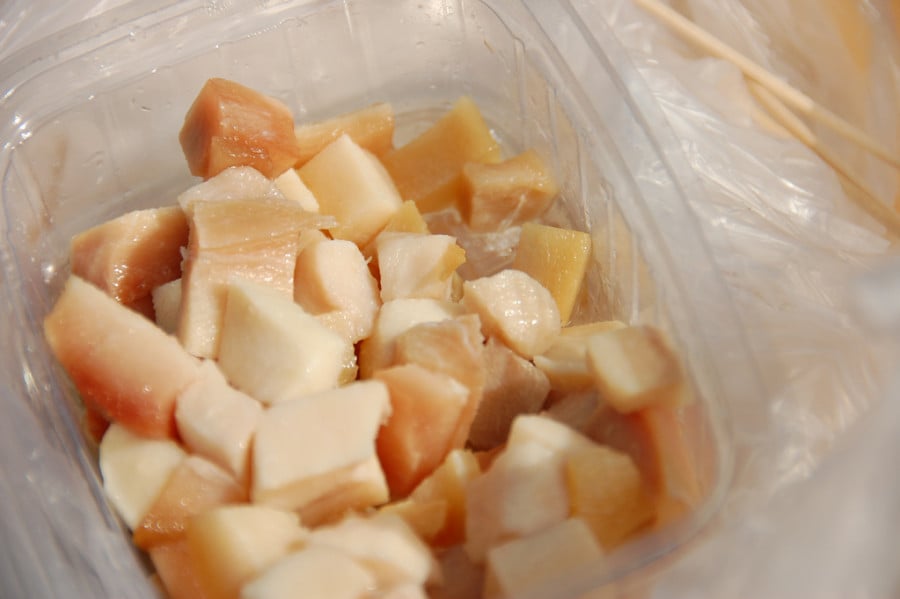
Hákarl, as it's known in Iceland, is a rather pungent delicacy consisting of fermented, cured shark meat. Most people describe the dish as rotten shark flesh but, contrary to popular belief, the meat itself isn't actually rotten, it just tastes as though it is! Traditional methods of storing the meat involved urinating on it and then burying it deep in the ice; thankfully this isn't how it's treated nowadays, but you'll still need a strong stomach to tackle this dish.
Kopi Luwak Coffee – Bali
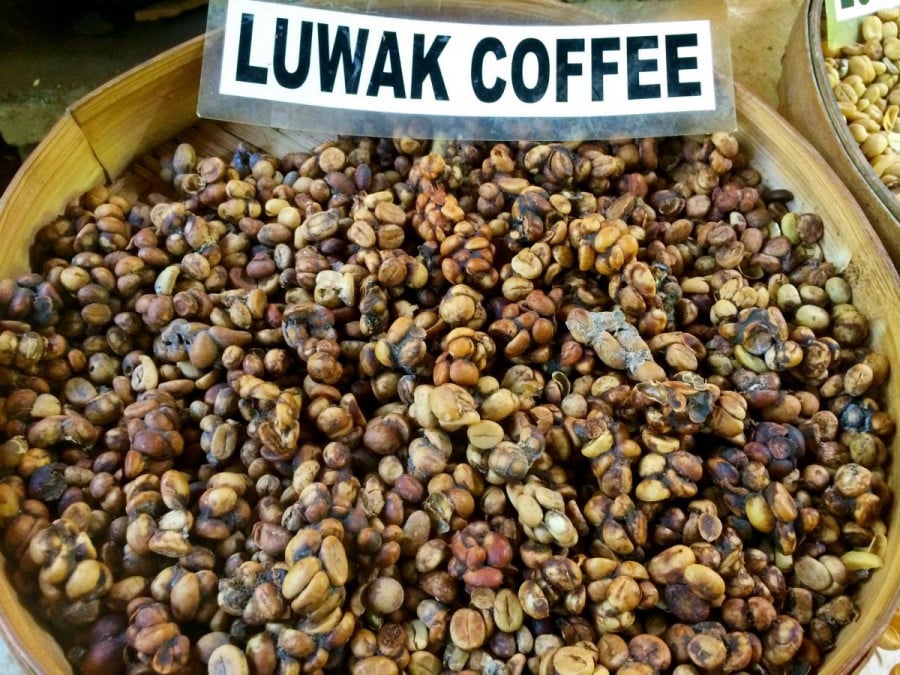
Indonesia produces the most expensive coffee in the world; Kopi Luwak coffee supposedly makes the smoothest, richest brew, and in some specialist coffee shops you can expect to pay anywhere upwards of £70 for one small cup of it. It's acquired plenty of media attention in the past ten years or so, and is fondly known as 'cat poo coffee', which isn't far from the truth. Makers of this particular blend collect part-digested coffee beans from civets' droppings. Apparently the enzymes in the cat-like creature's digestive system breaks down the acidity in coffee cherries, making for a delicious bean once it's pooped out. Yum.
Pig's Penis, Chicken Feet, Bird's Nest Soup – China
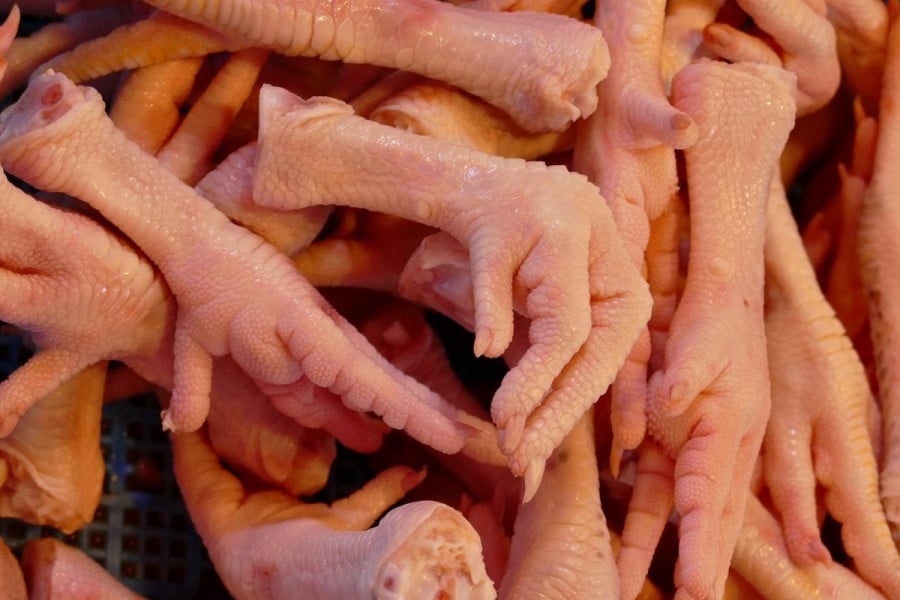
China has a multitude of challenging food types on offer, on the street, in markets, and in restaurants – fancy a trip to the penis restaurant in Beijing to try deer, pig, ox, or dog penis? No? How about munching on some bar snacks whilst enjoying a few drinks? Chicken feet, claws and all, are a favourite. But bird's nest soup has to be one of the oddest dishes available. Made with the hardened saliva of the swiftlet (a bird that makes its nest with strands of gum-like saliva), it's believed that consuming this prized meal helps maintain youth.
Guinea Pig – Peru
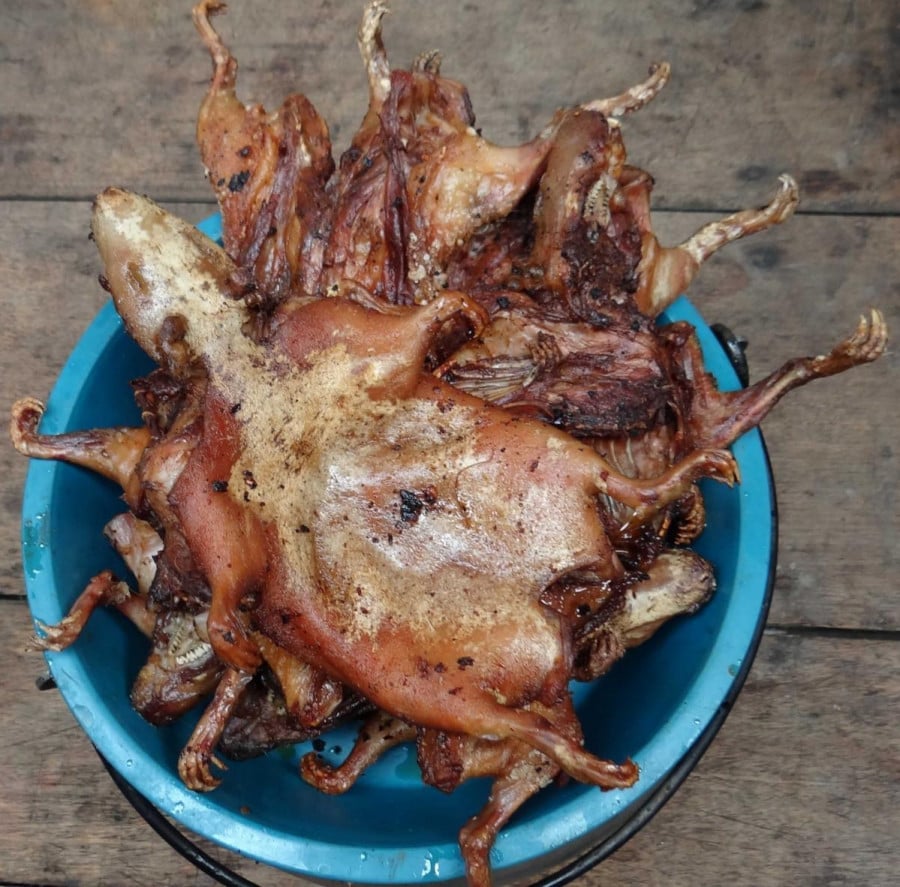
Guinea pig, or cuy (as it's known in Peru), is a staple ingredient in loads of Peruvian dishes, and is considered a delicacy at most restaurants. Other than its fur, everything on these little guys is left intact – so be prepared to stare your dinner in the eye if you fancy giving it a try.
Balut – Philippines
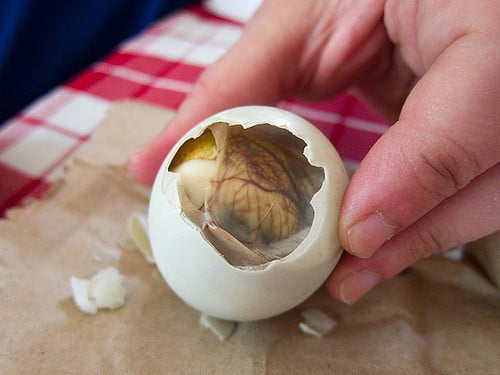
If you're partial to a hard-boiled egg every now and then, you might find the notion of eating Balut an intriguing one, especially as the night vendors roll out to catch hungry, booze-induced tourists. But, on what may seem a familiar snack on face value, these little eggs might give you a bit of a shock when you peel the shell away. Balut is essentially duck foetus – fertilised eggs are taken and incubated for 16 to 21 days, to allow the duck embryo to develop, then they're boiled and sold, ready for consumption. You eat everything but the shell – bones, feathers, amniotic fluid, the lot – enjoy!
Escamol – Mexico
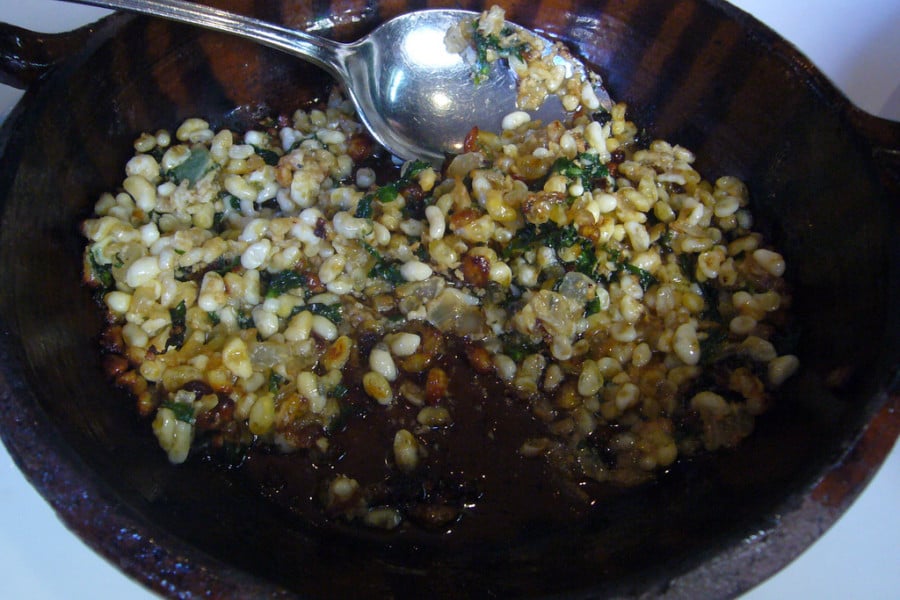
Mexican caviar, or escamol, comes from the larvae of ants and was considered a real delicacy by the Aztecs, and still is in modern Mexico. Harvested from the roots of agave plants, the ants eggs are usually cooked up with butter and spices that complement their natural nutty taste. Try escamol in your tacos, or with tortillas for a gentle introduction to insect caviar.
Witchetty Grubs – Australia
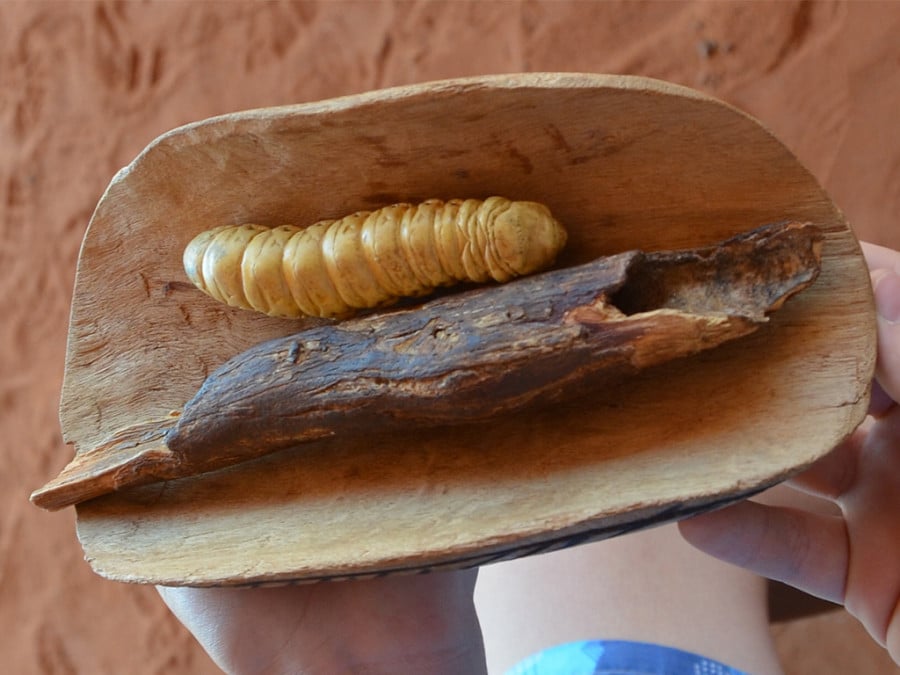
If you plan on travelling through Australia's outback, you might want to prepare yourself for some of the unusual food found on a bush tucker menu. If you watch I'm a Celebrity, you probably already have a pretty good idea of what's in store. One of the most popular items, and a good source of protein, is the witchetty grub – the wood moth caterpillar. Apparently, the liquid centre of a raw grub tastes almondy or, if barbecued, isn't too dissimilar to the texture of a prawn – doesn't sound so bad after all.
Durian – Thailand
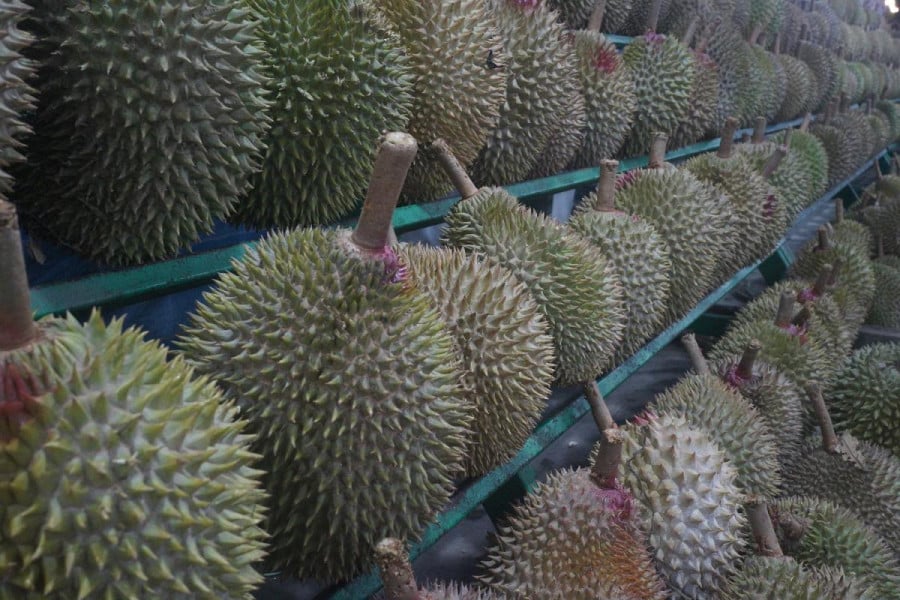
Thailand's spiky fruit, durian, is supposed to be one of the most incredible tasting fruits in the world, and is widely referred to as the 'king of fruit' in Southeast Asia – so what's it doing on this list then? Well, there's a small matter of getting past the pong. If you're lacking in sense of smell, you might be okay, but honestly, the stench of durian is so bad (think fresh sewage with a hint of gas), that you might struggle to get beyond cutting the fruit open. Although apparently the stinkier the fruit, the better the taste.
Fried Tarantulas – Cambodia

If the idea of sharing living space with a large eight-legged intruder is enough to make you shudder, you might want to avoid the fried tarantula stalls in Cambodia's food markets, unless you'd find some sort of satisfaction in eating the enemy. But, whatever your opinion on this unusual food choice, it was down to these hairy creepies that many Cambodians survived in the hills during the Khmer Rouge Regime and, once rolled in sugar or garlic, are more appetising than a lot of other world foods.
Ostrich Burger – South Africa
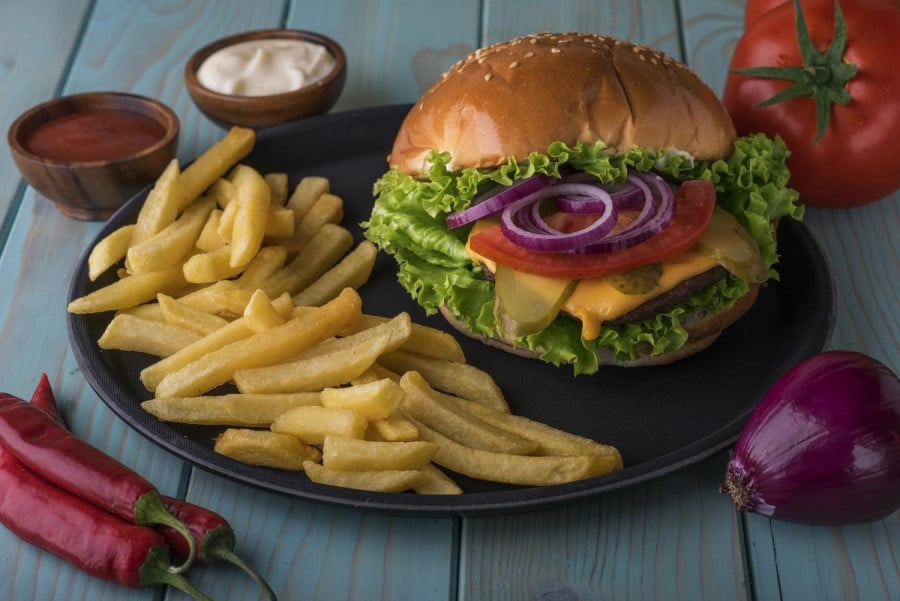
Now, there's not much on this list that makes a whole lot of sense to the British palate but, if you like your meat, you could do far worse than tuck into a generously-portioned ostrich burger. More gamey than chicken or turkey, ostrich meat is rich and surprisingly tasty. In fact, plenty of countries now include ostrich meat on their menus, you can even pick it up at your local supermarket in the UK, but if there's anywhere in the world you should try it first, it should be in South Africa.
Giant Bullfrog – Namibia
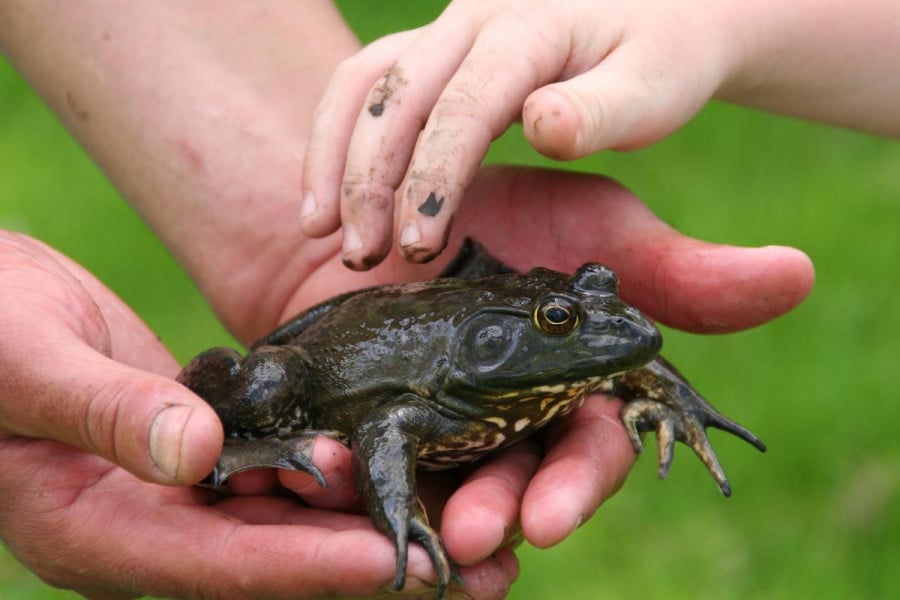
One of the riskiest food items in the world has to be Africa's giant bullfrog. Potentially deadly to the diner that eats it too early on in the season, it's only really safe to consume during bullfrog mating season – when its toxins aren't so potent. And we're not just talking legs here, in Namibia, the whole of the frog is eaten. Cooked properly, it apparently tastes like chicken (why does everything taste like chicken?), which doesn't sound hugely persuasive when you're risking your life for a few bites.
Cheese in a Can – USA

Amid the food horrors of the world, one of the wrongest, most hideous products on the market is, without doubt, America's god-awful cheese in a can. It's a crime that the word cheese – one of Western Europe's favourite ingredients – is used to describe the processed, flavourless, bright yellow plastic goo that dribbles unappealingly out of a cheap-looking aerosol can. America, if you're listening, you should be ashamed. Pass me a side of rotten shark any day.
Tempted to put your taste buds (and stomach) to the test? Give us a bell on 01892 280555, hit us up on live chat, or ping us an email at [email protected] – and find out what sorts of food you can try out on your next travel adventure.


